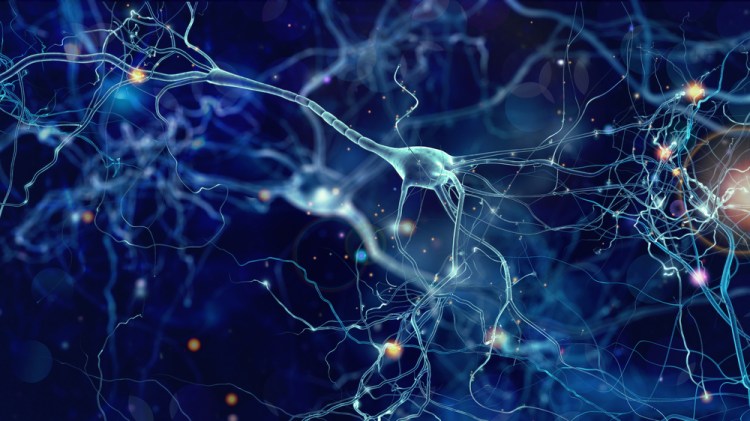In the first Terminator movie, Arnie’s T-800 is sent back in time to kill a human. In Terminator 2, the T-800 is programmed to protect a human. This idea of having our machines grapple with the concept of “kill/do not kill” is still science fiction for now, but some profound questions about the relationship between humanity and AI automation are starting to need real-world answers.
We’re talking about AI, this immensely powerful, often ambiguous term thrown around by the biggest brand names in the world. It’s a technology that simultaneously intrigues and frightens most of us, and despite not having all of the answers to the questions we have about AI, we push forward anyway. For regular people, with regular jobs, the questions are these: Are robots going to take my job? Will I be left with nothing to do but twiddle my thumbs in a robot-dominated world?
Tasks versus jobs
If you work in a role which could be automated — on a factory assembly line, for example — chances are a robot revolution might put you out of your current job. But automating some of these mind-numbing tasks could actually prove to be an opportunity for all of us by freeing space to unleash our potential as thinking, feeling, creative humans.
A food processor doesn’t put a chef out of a job, it simply gives her better tools to get creative with her passion. And that’s a crucial point to understand here.
June 5th: The AI Audit in NYC
Join us next week in NYC to engage with top executive leaders, delving into strategies for auditing AI models to ensure fairness, optimal performance, and ethical compliance across diverse organizations. Secure your attendance for this exclusive invite-only event.
The distinction we need to make between what AI assistants and other bots are capable of now, and in the near future, is this: Bots cannot feel or think or intuit in the same way as people do. They can’t think creatively or display emotional intelligence. We can program them to learn, but the fluid, often illogical way a human brain works is not something that can be automated (at least not today). Bots and AI assistants are great for completing repetitive tasks and detect patterns much better than people can; people are great at connecting ideas together and formulating new ideas, something machines can’t do. As such, machines should be seen as human enhancements that can work with us in complementarity, helping us leverage each other’s strengths to create more value for all. It might sound utopian or a little bit naive — and it probably is in part — but aspiring to the greater good is what drives every technologist to think forward and try to create the future. If we’re not hopeful, what are we good for?
Enhancements, not replacements
Creative work, constructive management, critical thinking — these are all things people are really good at, but which we have little time for because we’re so busy checking boxes and answering the same questions over and over. AI will eventually free us from these menial tasks to focus on creating real value.
For example, X.ai has built an AI assistant named Amy, whom you can cc into your emails to set up meetings on your behalf. Those few seconds or minutes saved each day might not sound like much, but it’s this kind of seamless integration of bots with how we conduct our daily lives that is going to become so useful and ubiquitous in the future.
Another example is Ross Intelligence, which is currently helping lawyers by parsing millions of legal documents in minutes, for historical data, precedents, and insights — a task that in the past would have been done manually by lawyers themselves, or by paralegals and assistants. The result is more client-facing time, more headspace for the non-linear aspects of a case, and ultimately, more wins.
The purpose of AI assistants and bots is to enhance the human experience, not replace it. Technology should always be put at the service of people. That’s what AI has the potential to bring: a level of personalization that, ironically, makes every experience and interaction profoundly more human. Empathy, a notion so dear to “design thinking” experts, will become exponentially more important in the near future. As we move toward an AI-driven world, designing and building people-centric solutions will no longer be a mere possibility, it’ll be a prerequisite. As customer expectations keep rising, we need to keep designing ever smarter, ever better experiences. Bots can help us do that.
Despite most people’s apprehensions about AI, they’ll be happy to learn that this is the kind of paradigm-shifting technology that could actually turn them into superhumans. If not, it’ll at least make the world a little more human. That’s already enough to make us hopeful.
Étienne Mérineau is the cofounder and head of conversation design at Heyday.ai, a chatbot development platform for brands.


